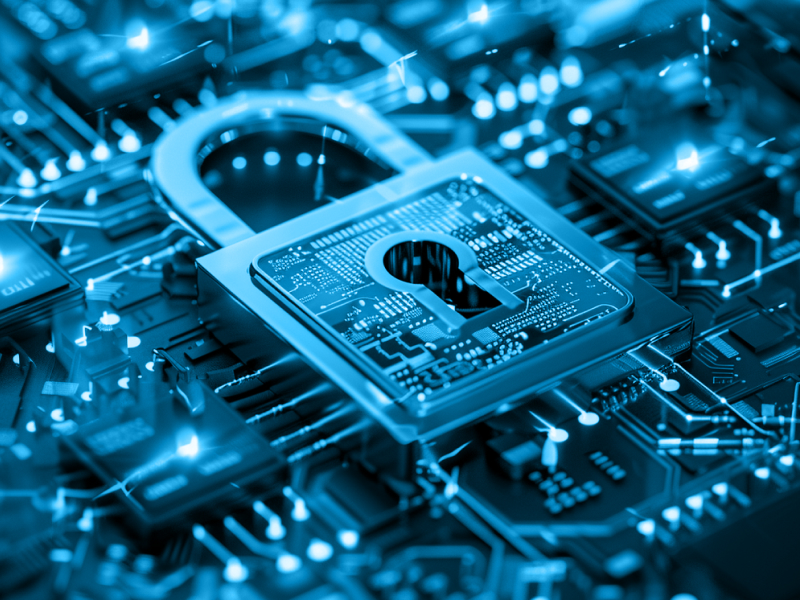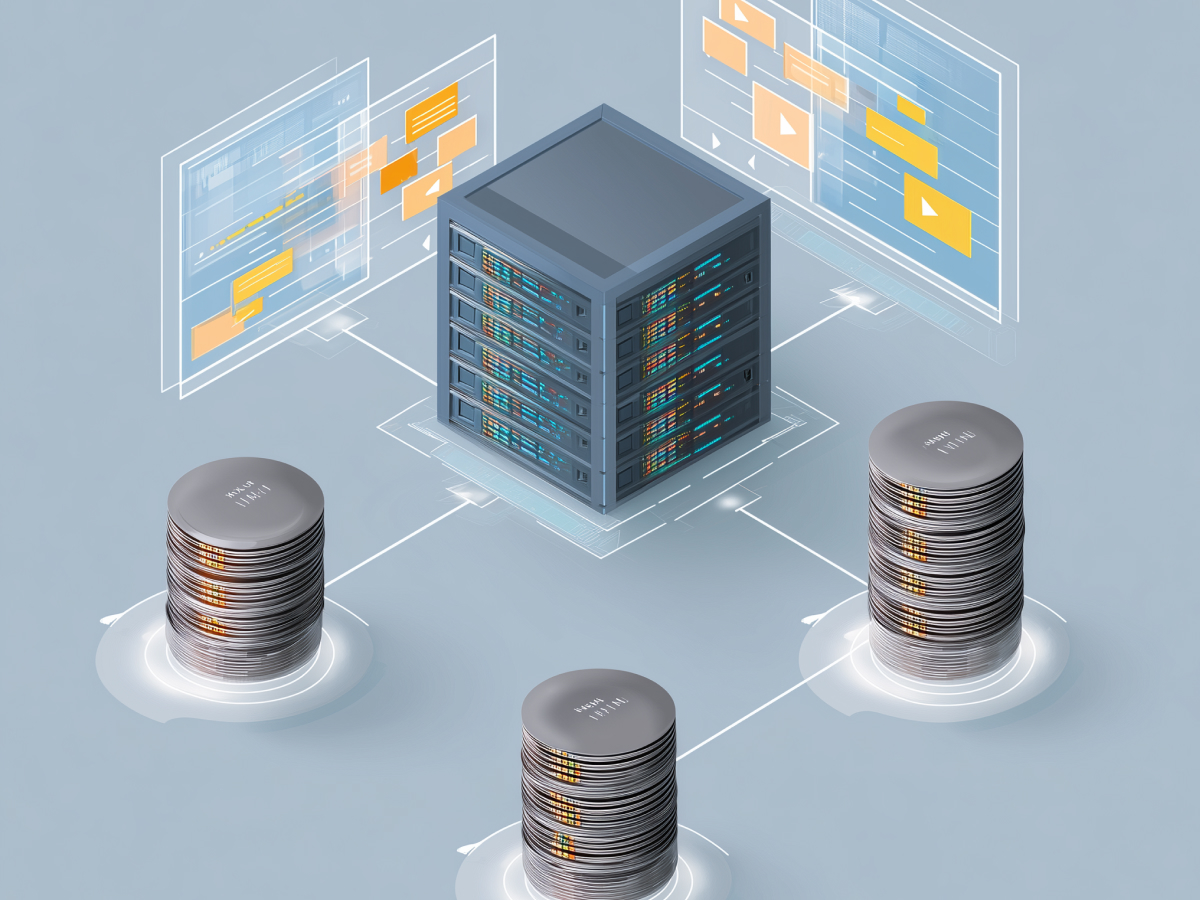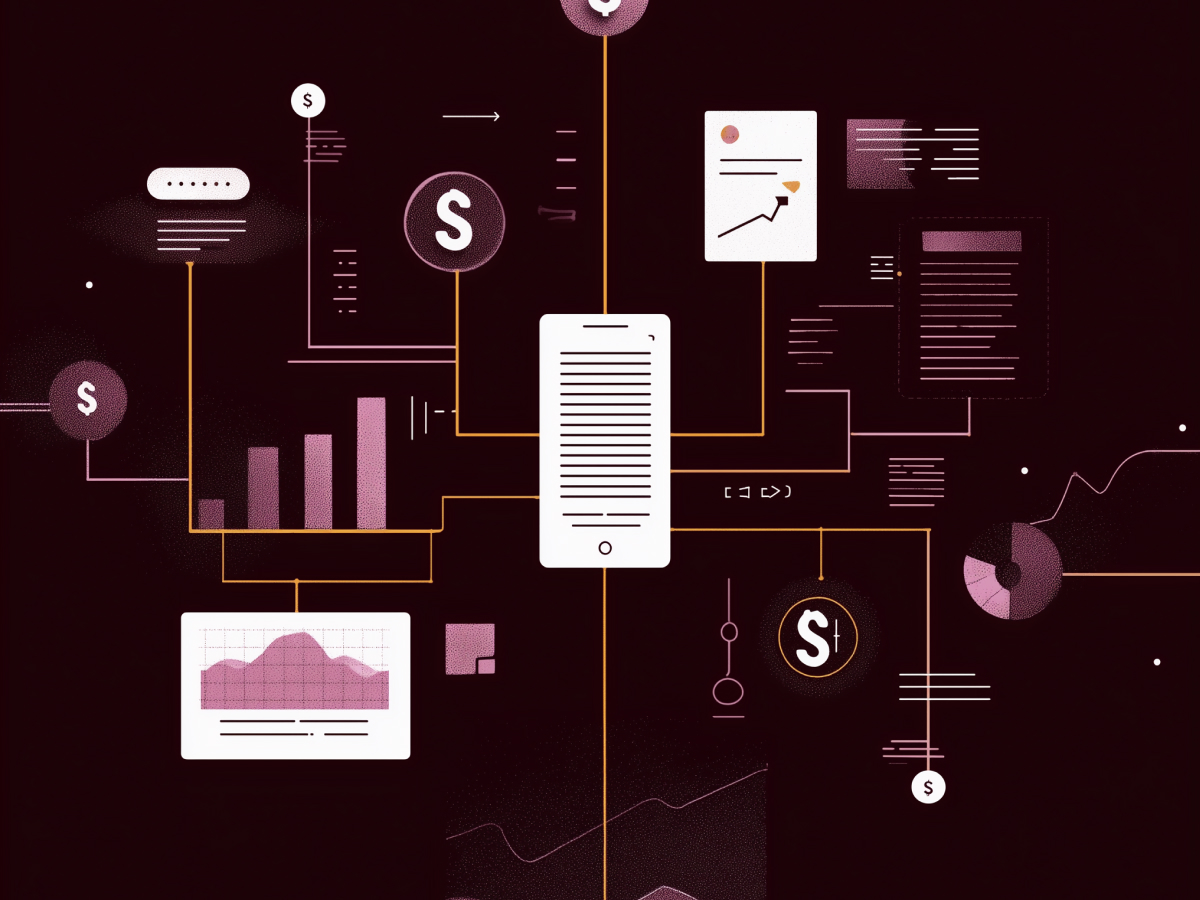Understanding the intricacies of IT asset management highlights a range of issues affecting organizational efficiency and security. The growing complexity of IT environments, compounded by the proliferation of devices and applications, requires meticulous attention to asset lifecycle management. Failing to address these challenges can lead to increased vulnerabilities and higher operational costs.
Alarming prevalence of EOL and mismanaged IT assets
State of IT assets today
According to an extensive study analyzing 1.2 million IT assets across Sevco’s customers and prospects, the data shows that 6% of IT assets are at the End of Life (EOL), whereby these assets no longer receive vendor support or updates, leaving them exposed to known vulnerabilities.
Almost one-third of IT assets suffer from improper management, pointing to widespread deficiencies in inventory control, software updates, and security patches.
More alarmingly, 28% of IT assets lack at least one critical control, such as endpoint protection or patch management. Controls are fundamental to maintaining the security and integrity of an IT environment, and their absence opens the door to potential breaches and operational disruptions..
Security nightmares triggered by outdated software
Outdated software presents a major risk to enterprise security, increasing the attack surface and exposing organizations to exploits. Consequences of not updating or replacing outdated software can be severe, as evidenced by several high-profile security breaches.
A closer look at major breaches stemming from outdated software
One great example is the high-profile breach against British Airways in 2018, attributed to an outdated version of JavaScript. The breach resulted in the theft of customer data, causing both financial and reputational damage to the airline.
Another major incident is the WannaCry malware attack in 2017, which exploited vulnerabilities in outdated Windows XP systems across UK hospitals – disrupting healthcare services and highlighting the dire consequences of relying on obsolete software.
High costs of maintaining outdated systems
Organizations face a difficult choice when dealing with outdated software: invest in costly extended support or risk operating with unpatched vulnerabilities.
For instance, extended security updates for Windows 10 PCs post-EOL in October 2025 are projected to cost $427 for three years. Comparatively, maintaining a Windows 7 PC through 2023 cost $490 – showcasing the financial burden associated with keeping outdated systems secure.
Enterprises must weigh these costs against the potential risks of operating with unsupported software. While extended support provides a temporary safeguard, it’s often more cost-effective and secure in the long run to upgrade to newer, fully supported systems.
Dangers of unauthorized systems and their dire consequences
Unauthorized systems, often referred to as shadow IT, present a growing threat to enterprise security. Employees sometimes deploy software or hardware without IT department approval, bypassing established security protocols – leading to serious vulnerabilities within the organization’s infrastructure.
Real-world incidents that spell out clear warnings
In 2023, an attack on Okta exploited shadow IT practices. Corporate credentials were saved to a personal Google account, which fell outside the purview of the company’s security measures.
The attack spotlighted the dangers of shadow IT, whereby unauthorized access points can lead to severe data breaches and operational disruptions. Risks escalate when employees, unaware of security implications, inadvertently expose sensitive data through these unsanctioned tools.
Best practices to transform IT management and mitigate risks
One of the most effective practices requires maintaining and updating a comprehensive inventory of all systems, software, users, and data access points. This inventory should cover every asset within the organization to provide full visibility and control.
Implementing strict access controls and monitoring mechanisms is another key strategy. These measures restrict the ability of employees to install unauthorized software, which reduces the risk of shadow IT.
Regular audits help identify unauthorized devices and applications, allowing IT teams to take corrective actions promptly.
Educating employees about the dangers of using unsanctioned tools is equally important. Fostering this culture of security awareness will help enterprises to better mitigate risks associated with shadow IT.
Crafting bulletproof strategies to strengthen IT security
To build a robust IT security framework, organizations need to implement comprehensive strategies that address both technological and human factors, from regular audits and tight configuration management and continuous training programs.
Audits and risk assessments
Conducting thorough audits and risk assessments must be a priority. Regular audits help identify vulnerabilities and ensure compliance with security policies.
Tight configuration management further safeguards IT assets by maintaining consistent settings and controls across all systems – minimizes the risk of misconfigurations that could be exploited by attackers.
Empowering teams through training and optimized processes
Training employees on security best practices is absolutely essential for maintaining a secure IT environment. Regular training sessions keep staff updated on the latest threats and preventive measures.
Adapting processes to fit staff needs better supports both compliance and security effectiveness. For instance, simplifying security protocols and integrating them into daily workflows makes it easier for employees to follow them, reducing the likelihood of shadow IT practices.
Organizations should also implement feedback loops whereby employees can report potential security issues without fear of repercussions – encouraging a proactive stance towards security and identifying and addressing vulnerabilities swiftly.
Balancing technological solutions with human-centric approaches assists companies in building a resilient and solid defensive line against evolving cyber threats.
Insights from the frontlines by top security professionals
Perspectives from seasoned security professionals offer a clearer understanding of how to navigate the complexities of IT security. Tim West, Director of Threat Intelligence at With Secure, and Ilia Kolochenko, CEO at ImmuniWeb, shared valuable insights into balancing technological and human-centric strategies.
Balancing technology and human insight for superior security
Tim West points out that a successful security strategy cannot rely solely on technology. He stresses the importance of understanding the human factors behind shadow IT. Employees often bypass security protocols to improve productivity, inadvertently creating vulnerabilities. Addressing this requires both detailed technical solutions and understanding and adapting to human behavior.
Ilia Kolochenko highlights the need for a comprehensive inventory of all IT assets, including software, users, and data access points – advocating for continuous updates and regular audits to maintain security. Kolochenko also warns against the risks posed by even experienced developers who might deploy experimental containers with production data in unsecured environments.
West and Kolochenko agree that training programs tailored to the specific needs of staff are decisive. Employees should understand the security implications of their actions and have clear, user-friendly processes to follow, which in turn buttresses the overall security posture.
Sustaining long-term IT security practices
Regular external asset mapping is key for understanding and managing the organization’s attack surface by identifying all assets exposed to external threats and evaluating their security status. Keeping this map up to date helps in promptly addressing any vulnerabilities that might arise.
Limiting the installation of unnecessary software and applications also greatly reduces the attack vectors available to potential intruders. A streamlined and well-monitored software environment is easier to secure and manage.
Engaging in continuous learning and adaptation is key to staying ahead of emerging threats. Organizations must stay on top of the latest security trends and technologies, as well as fostering a culture of security within the organization.
Organizations should implement strict policies governing the installation of new software, accompanied by regular audits to enforce these policies.
Encouraging employees to report suspicious activities and providing them with the tools and knowledge to do so can greatly support the organization’s ability to detect and respond to threats swiftly.
C-suite executives must champion these initiatives, allocate the necessary resources, and support a culture of security awareness and continuous improvement. Through these efforts, enterprises can build a resilient defense capable of withstanding the ever-evolving nature and complexity of cyber threats.




